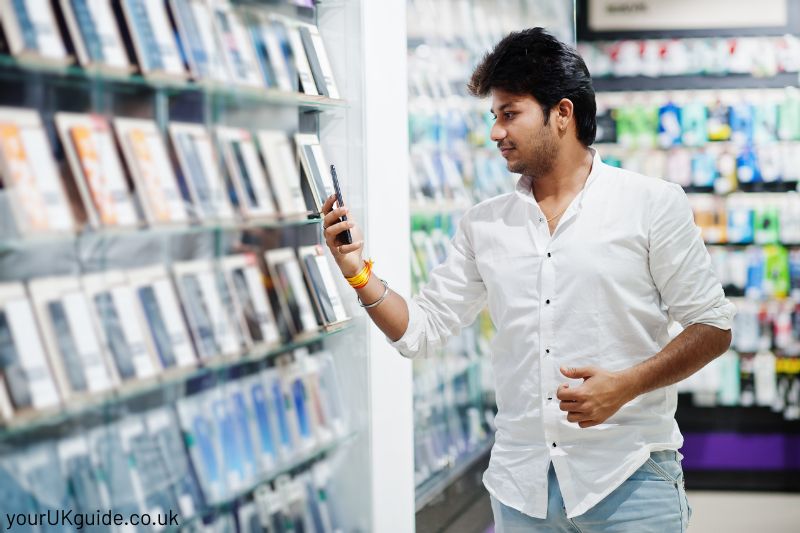It can often feel like your current smartphone starts slowing down just as the next big thing hits the shelves. Suddenly, the battery that used to last all day barely makes it to lunchtime, and apps feel sluggish.
In 2025, your phone is so much more than just a phone. It’s your wallet, your streaming service, your connection to work and your main camera. With flagship models from Apple, Samsung, and Google all vying for your attention, it’s easy to get overwhelmed by technical jargon.
Here’s what you should look out for when contemplating which device you should choose for your next upgrade.
Operating system
Your first major decision is the software: Apple’s iOS or Google’s Android.
If you already own a MacBook or an iPad, you’ll find an iPhone fits seamlessly into that ‘ecosystem’, sharing files and messages effortlessly.
Android, on the other hand, gives you a much wider choice of handsets from various manufacturers like Google or Samsung, often at more varied price points.
Consider the apps you rely on. While most major apps are on both platforms, the ‘feel’ of the interface differs. If your main activities are browsing, social media, and enjoying casual entertainment, such as using a bingo mobile app or playing puzzle games, both systems will serve you perfectly well.
Visiting a store to handle both an iPhone and an Android device physically is a great idea, so you can see which interface feels more intuitive to you.
Camera quality
It’s tempting to judge a camera solely on its megapixel count, but that number rarely tells the whole story. The real magic happens in the software.
High-end phones from Google and Apple use powerful computational photography to produce stunning images, especially in tricky lighting conditions like a dim pub or a bright, contrasty landscape.
When checking reviews, look specifically for photo samples taken at night, as this is where cheaper handsets often falter. Also, consider the types of lenses offered based on what sort of photographs you’re most likely to take on a regular basis.
Battery life and performance
While a larger battery is a good starting point, the phone’s processor and screen efficiency are just as crucial. A smooth, 120Hz high-refresh-rate screen looks fantastic when scrolling, but it consumes more power than a standard 60Hz display.
Be realistic about your habits. If you’re a serious mobile gamer or constantly switching between demanding work apps, you will benefit from a top-tier processor. However, if your use is mostly messaging, streaming music, and light browsing, you can save significant money by opting for a mid-range device, which often provides more than enough power and better battery endurance.
Pricing and contract options
The monthly price of a 36-month contract can look appealingly low, but you almost always pay more over the term than buying the phone outright.
Often, the most cost-effective route is to purchase the handset ‘SIM-free’ and pair it with a flexible, 30-day or 12-month SIM-only plan. You can use a comparison website to calculate the total cost of ownership for both options.
Don’t overlook the refurbished market either; ‘as-new’ devices from reputable sellers offer huge savings. Before you buy anything, get a trade-in quote for your current phone, as this can provide a healthy discount on your new purchase.










